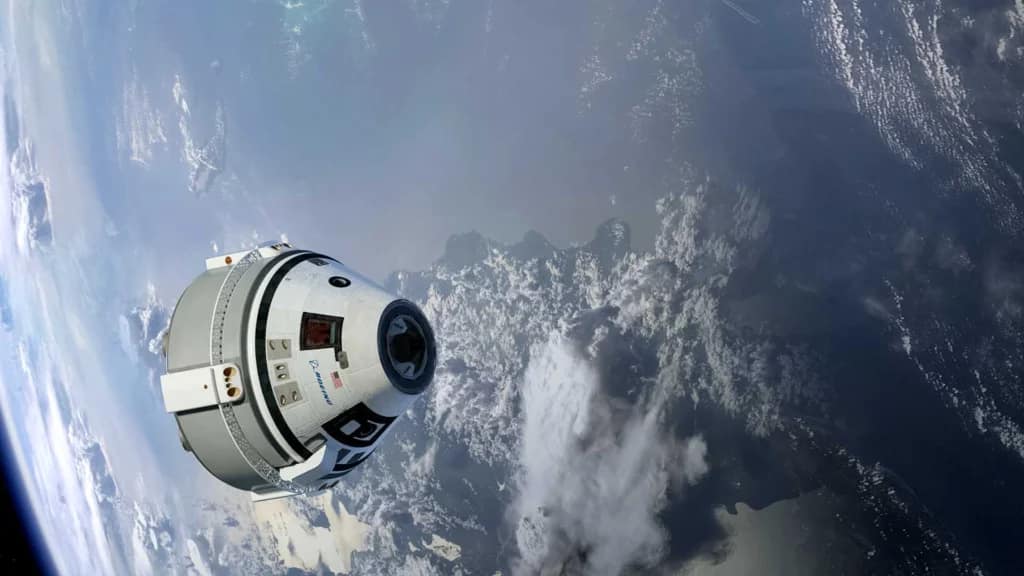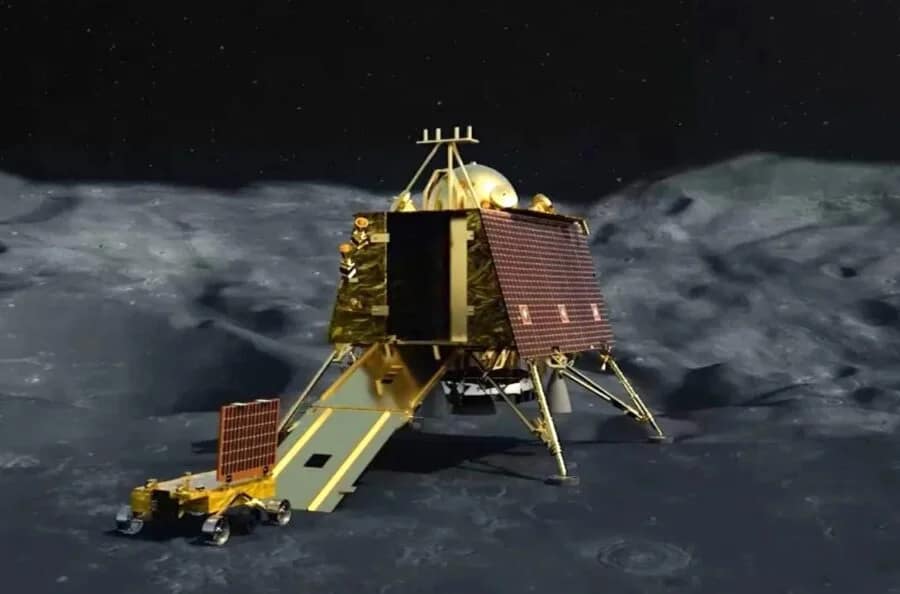Lagrange Points, often referred to as “L Points,” are enigmatic locations in our solar system that hold a unique significance in the realm of space exploration. These points are named after the Italian astronomer Joseph-Louis Lagrange, who first proposed their existence. In this article, we will delve into the intriguing concept of Lagrange Points, how they work, and the pivotal role they play in missions conducted by space agencies like NASA.
The Equilibrium of Lagrange Points
Lagrange Points are positions in space where the gravitational forces of a celestial body, such as a planet or the Sun, and the orbital motion of another object, such as a satellite or spacecraft, interact to create a delicate balance. This equilibrium is what makes Lagrange Points remarkable – it takes minimal energy to maintain an orbit at these locations. Objects placed at Lagrange Points either naturally remain in position or can be kept there with minimal energy expenditure because the gravitational forces are perfectly balanced.
NASA’s Ingenious Exploitation of Lagrange Points
NASA, the United States’ premier space agency, has harnessed the unique properties of Lagrange Points for its ambitious missions. One such mission is the James Webb Space Telescope, a groundbreaking observatory set to revolutionize our understanding of the cosmos. The James Webb Space Telescope is positioned at Earth’s Lagrange Point number two (L2), a strategic location that allows the telescope to orbit the Sun while staying in sync with Earth’s movement around our star. This positioning minimizes the need for extensive fuel consumption, ensuring the telescope’s stability and longevity.
Exploring Pristine Trojans with NASA’s Lucy Mission
Another remarkable NASA mission taking advantage of Lagrange Points is Lucy. Lucy is on a mission to study the Trojan asteroids, celestial bodies that have been gravitationally trapped around Jupiter’s Lagrange Point number four (L4) and Lagrange Point number five (L5) for over four and a half billion years. These asteroids are remnants of our solar system’s formation, offering invaluable insights into its early history. By utilizing the equilibrium of Lagrange Points, Lucy can conduct extensive observations and research on these pristine Trojan asteroids.
Once Lucy reaches the L4 region, a series of deep space trajectory correction maneuvers come into play. These maneuvers are essential for fine-tuning Lucy’s trajectory, ensuring precise flybys and encounters with Trojan asteroids.
As Lucy returns from its final gravity assist, it utilizes the flyby for an inclination change. In the realm of space exploration, inclination changes are particularly challenging and fuel-intensive. By capitalizing on the Earth’s gravity assists and using this final flyby for inclination adjustment, Lucy optimizes its fuel consumption and trajectory.
Understanding Patroclus’s Inclination
Patroclus, the target of Lucy’s mission, has a unique inclination in relation to the planets. The inclination change undertaken by Lucy becomes necessary to align its path with that of Patroclus, allowing for a successful encounter.
Data Sources and Trajectory Details
The trajectory data presented here is sourced from the NAIF (Navigation and Ancillary Information Facility) website in the form of BSP (binary spacecraft and planet) Spice kernels. These kernels contain vital information about deep space maneuvers, trajectory correction maneuvers, and B-plane targeting for all flybys.
Conclusion
In summary, Lagrange Points are strategically positioned locations in our solar system where the gravitational forces of celestial bodies create a harmonious equilibrium. These points have proven to be invaluable for space agencies like NASA, allowing them to conduct missions with remarkable efficiency and precision. Whether it’s the James Webb Space Telescope at L2 or Lucy’s exploration of Trojan asteroids at L4 and L5, Lagrange Points continue to play a pivotal role in expanding our knowledge of the universe. As we look to the future of space exploration, these equilibrium points will undoubtedly remain at the forefront of our cosmic endeavors.




